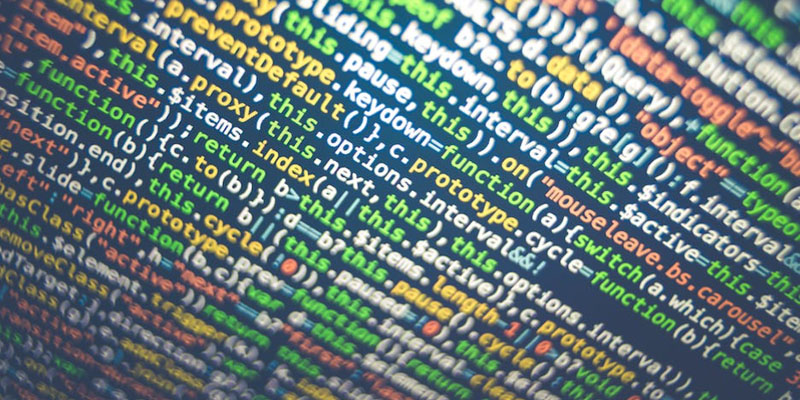Table of Contents
ToggleData Types
In data analysis and data science, various data types are used to represent different kinds of information. Understanding these data types is essential for effective data manipulation, analysis, and modeling. Here are some common data types used in data analysis and data science:
-
Numeric Data Types:
- Integer (int): Whole numbers without decimals, used for counting or indexing.
- Float (float): Numbers with decimals, used for measurements or calculations requiring precision.
-
Text Data Type:
- String (str): A sequence of characters, used for representing text, names, or descriptions.
-
Categorical Data Types:
- Boolean (bool): Represents true or false values, used for logical comparisons and conditions.
- Category: A finite list of unique values representing discrete categories. Helpful in saving memory when dealing with large datasets with repetitive categorical values.
-
Temporal Data Types:
- Date: Represents a specific calendar date (year, month, day).
- Time: Represents a specific time of the day (hours, minutes, seconds).
- Datetime: Represents both date and time information.
-
Structured Data Types:
- Array: A collection of elements of the same data type.
- DataFrame: A 2-dimensional table, similar to a spreadsheet, where data is organized in rows and columns. Used in libraries like Pandas for data manipulation.
- Series: A one-dimensional labeled array, a part of the Pandas library, often used to store column data within DataFrames.
-
Unstructured Data Types:
- Text: Raw text data, often in the form of documents, articles, or social media posts.
- Image: Pixel values representing visual information.
- Audio: Waveform data representing sound.
- Video: Frames of images played in sequence, forming a video.
-
Geospatial Data Types:
- Point: Represents a single geographical point with latitude and longitude coordinates.
- Polygon: Represents a closed shape defined by a set of coordinates, used to represent areas or regions on maps.
- LineString: Represents a sequence of points connected by straight lines, used for linear features like roads or rivers.
Understanding and appropriately handling these data types are fundamental skills in data analysis and data science, ensuring that data is processed accurately and meaningfully for deriving valuable insights and making informed decisions.
Data Sources

Data sources for data analysis and data science are diverse and can come from a wide array of places. The choice of data sources is crucial, as the quality and relevance of the data directly impact the outcomes of the analysis and the reliability of the models built. Here are some common data sources for data analysis and data science:
-
Databases: Relational databases (like MySQL, PostgreSQL, or Oracle) and NoSQL databases (like MongoDB, Cassandra) store structured data, making them valuable sources for analysis. They are used in various applications, such as e-commerce, finance, and healthcare.
-
CSV Files: Comma-separated values (CSV) files are a popular way to store structured data in plain text. Many datasets are shared in CSV format, making it easy to import and analyze data using tools like Python’s Pandas library.
-
APIs (Application Programming Interfaces): Many online services provide APIs that allow developers to access their data programmatically. APIs are valuable for collecting real-time data from sources such as social media platforms, financial markets, weather services, and more.
-
Web Scraping: Web scraping involves extracting data from websites. While it should be done ethically and respectfully, web scraping can provide valuable data for analysis, especially for sentiment analysis, price monitoring, and competitive analysis.
-
Sensor Data: In fields such as IoT (Internet of Things) and environmental monitoring, data from sensors (temperature sensors, GPS devices, accelerometers, etc.) provide continuous streams of data for analysis.
-
Text Data: Text data comes from various sources such as books, articles, social media posts, customer reviews, and more. Natural Language Processing (NLP) techniques are used to analyze and extract insights from textual data.
-
Image and Video Data: Image and video data are essential in applications like facial recognition, autonomous vehicles, and satellite imagery analysis. Deep learning techniques are often employed to analyze and interpret these types of data.
-
Government and Public Datasets: Many governments and organizations provide datasets to the public. These datasets cover areas such as demographics, economics, healthcare, and education, making them valuable for research and analysis.
-
Surveys and Questionnaires: Data collected from surveys and questionnaires provide valuable insights into people’s opinions, preferences, and behaviors. Statistical analysis and machine learning models can be applied to understand patterns in survey data.
-
Historical Data: Historical data, especially in finance and economics, is crucial for trend analysis, predictive modeling, and understanding market behavior over time. Historical data is often used for backtesting trading algorithms and forecasting stock prices.
When working with data, it’s essential to consider the ethical implications, privacy concerns, and data security. Additionally, ensuring data quality, cleaning, and preprocessing are vital steps in any data analysis or data science project to ensure accurate and meaningful results.
